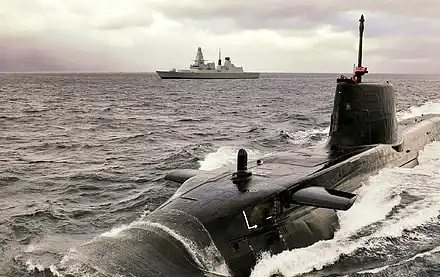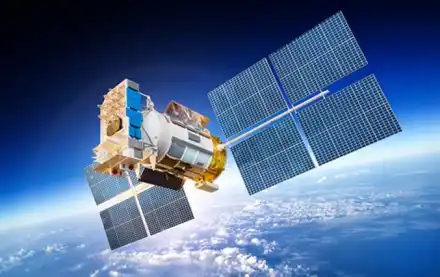




Northrop

The nature of naval warfare is often unpredictable. As near-peer adversaries work to increase their total number of vessels rapidly, uncrewed systems will play an important role in enabling the U.S. Navy to continue to project power and ensure sailors can execute missions.
Northrop Grumman is a proven technology leader with large uncrewed autonomous systems (UAS). The company has now developed two mission-focused autonomous capabilities on the smaller UAS, Helix and Scion, that will rapidly transform existing commercial uncrewed platforms into resilient and survivable combat and surveillance systems. Executing real-world mission scenarios at the Naval Surface Warfare Centre Silent Swarm 2024 exercise, these autonomous technologies demonstrated Northrop Grumman’s readiness to fill existing maritime domain awareness gaps and securely find, fix and track elements in maritime operations.
The Navy is actively exploring emerging technologies that enable uncrewed aerial vehicles (UAVs) and uncrewed surface vehicles (USVs) to extend the range of its communications and electronic warfare (EW) capabilities. Northrop Grumman’s Scion – a multifunction EW payload – was created and tailored specifically to the needs of surface operations and can connect to commercially available USV platforms using a common interface. Helix combines an array of uncrewed platforms, payloads and software, allowing for autonomous, multi-domain and multi-modal operations. Its ecosystem is further complemented by digital twin solutions, providing operators with a three-dimensional, dynamic view of the battlespace in a virtual environment.
“We developed an initial proof of concept for Scion’s capabilities for the Navy in 2023,” said Matt O’Driscoll, chief engineer for Scion, Northrop Grumman. “Building on last year’s successful demonstration, we added five uncrewed systems in the air and two on the surface for this year’s Silent Swarm exercise, and all of the systems worked collaboratively and autonomously to find target vessels.”
At Silent Swarm 2024, sophisticated EW and autonomy payloads were deployed on a distributed team of uncrewed autonomous vehicles, providing data to the command-and-control software and an advanced situational awareness tool, as seen above. (Credit: Northrop Grumman)
The concept of operations Northrop Grumman demonstrated included a USV equipped with the Scion EW payload, which collaborated with UAVs launched and controlled by Helix to find, fix, track and target vessels. Helix provided the autonomy engine for intelligent collaborative uncrewed systems and gave operators a near-real-time, multi-layered view of the mission landscape. Through this exercise, Scion enriched Helix’s ecosystem of uncrewed mission solutions.
“At Silent Swarm, we showcased the combination of the Helix software and the Scion payload as an EW system capable of finding and locating radio frequency emissions over the water,” said Tyler Dillstrom, chief engineer for Helix, Northrop Grumman. “Our autonomy software in control of the USVs used those detections to correlate, identify and track targets from the air and on the surface.”
Future mission success in the maritime domain will depend on the ability to command and control diverse fleets of uncrewed vehicles with a wide range of payloads. Northrop Grumman’s efforts at Silent Swarm demonstrate the company’s commitment to model-based digital engineering and our ability to deploy solutions more quickly and affordably. With digital capabilities, Northrop Grumman can simulate scenarios in a digital environment before fielding a system. This contributes to future program affordability and confidence in first-time quality. It also showcases Northrop Grumman’s legacy of trusted autonomous solutions in all domains.
There will be many approaches to ensuring the United States and its allies increase in capacity and capability. Intelligent autonomous platforms will prove to be force multipliers in naval warfare, extending the warfighter’s reach and freeing up valuable resources for other critical missions.